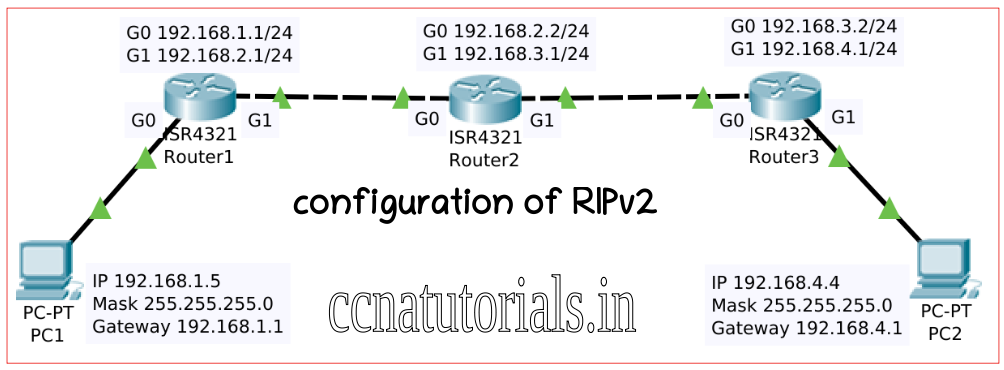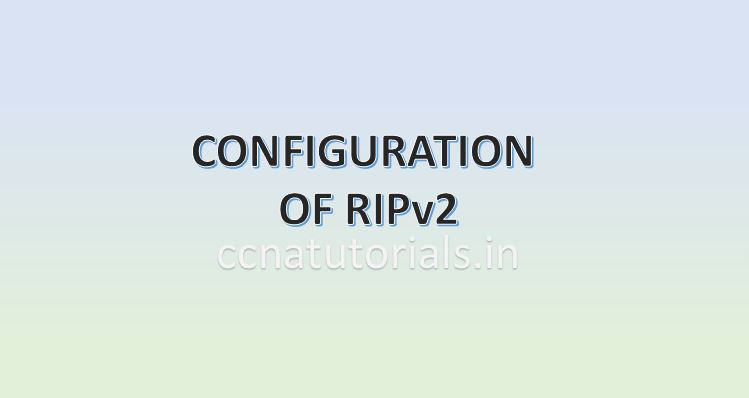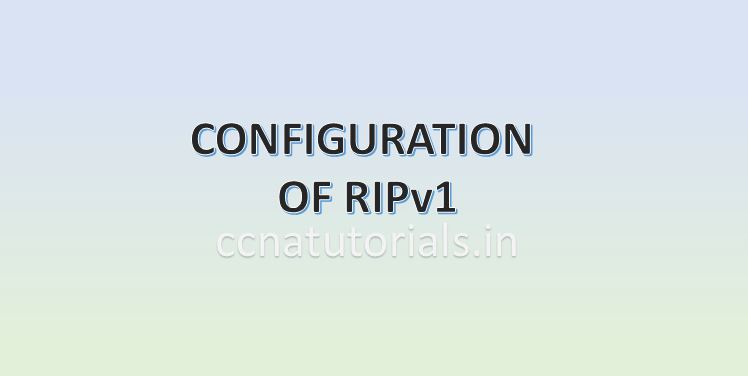In this article I describe the Passive interface command RIP in router. The Passive interface command RIP is very easy and can be done by command line mode of router. lets discuss some important technical terms related to Passive interface command RIP along with the RIP fundamentals.
Passive interface command RIP hold down the propagation of RIP broadcasting in a router. RIP advertisement slow down the network speed as it broadcast on a fix time interval. We want to hold down the broadcasting until any changes takes place in the network. Passive interface command of RIP allow a router to hold down the advertisement. Network administrator don’t want the RIP broadcast everywhere in the network Passive Interface Command allow to do this.
Routing Information Protocol RIP
RIP version 1 generally known as RIP is supports only classfull network schema. While RIP version 2 supports the classless network schema also. RIP use UDP port 520 for advertisement the routing information on network. Routing Information Protocol RIPv2 supports maximum 15 hop(16 infinity) for destination network. The 16th hop supposed as infinity hop. All RIP response packets broadcast every 30 seconds. If any update failed to get up to 180 second, the entry removed automatically. 180 second is invalid time for RIP broadcast packets.
Routing Information Protocol RIPv2 advertise the connected network is to neighbour routers. All RIP enable router do this on a fix time interval. By sharing and updating all network id in routing table. All routers know about the different networks in internetwork. Routing information protocol helps router to select the best path for data packets. RIP is a pure distance vector protocol. On receiving multiple requests for same destination network of data packets RIP decided on hop count. The route which have minimum hop count is selected on priority. The algorithm used by RIP for select best path for data packet routing is known as Bellman-Ford algorithm. Hop count is metric which is preferred by RIP enabled network devices.
Routing Information Protocol Messages
Routing information protocol used only two types message. First is request RIP message and second is RIP response message. You can understand the message type by its name. a RIP request message broadcast to check any new change in the network. RIP request message also sends by a router when the RIP enabled router to come online. On request RIP message all routers reply with RIP response message so the requisite router can update the routing table.
Versions of Routing Information Protocol
Routing Information Protocol is of three types RIP, RIPv2 and RIPng. RIP is also known as RIPv1 which is first version of RIP family. RIPv1 do not supports the class less network schema. To check the RIP status, you can use the command debug ip rip in privilege command mode. To overcome the drawback of classfull network schema RIPv2 invented by IETF. RIPv2 supports VLSM (variable Length Subnet Mask). RIPv2 announce the routes by multicasting on 224.0.0.9 IP address while RIPv1 broadcast the routing table on 255.255.255.0. RIPv2 has another feature that summarise the network addresses. RIPng is the latest version with some advance features.
Passive Interface command RIP
In the network below i will allow passive interface command Rip on GigabitEthernet 0/0/0 interface. You can see the interface GigabitEthernet 0/0/0 is connected with the network 192.268.1.0/24 and there is no any further router so we can stop the broadcasting of RIP advertisement on this interface.

Passive interface command RIP explained
Passive interface commands supports all default routing protocols like RIP, OSPF etc. In this article I explain the passive interface commands for RIP only. Passive interface commands stops the RIP update broadcasts from a particular interface but allow to receive the updates on the same interface. rip have many options we can see the following commands block.
Router(config-router)#passive-interface ? Ethernet IEEE 802.3 FastEthernet FastEthernet IEEE 802.3 GigabitEthernet GigabitEthernet IEEE 802.3z Loopback Loopback interface Serial Serial Vlan Vlan interface default Suppress routing updates on all interfaces Router(config-router)#passive-interface Router#
So we can configure the command on any interface of router to prevent the broadcasting of RIP advertisements. This command will help to reduce the engagement of bandwidth in the network. To stop RIP broadcasting on a particular interface run the command as showing in below command block. This is the example to allow this command on GigabitEthernet 0/0/0
Router>en Router#config t Enter configuration commands, one per line. End with CNTL/Z. Router(config)#router rip Router(config-router)#passive-interface gigabitEthernet 0/0/0
Above command will stop the broadcasting or RIP updates on interface GigabitEthernet 0/0/0. As there is no requirement of broadcasting for interface GigabitEthernet 0/0/0 because this is the last network of whole internetwork.
I hope you found this article helpful related to passive interface command RIP. For any query or suggestion on this article contact us or drop a comment below. Your suggestions are always welcome by us.




